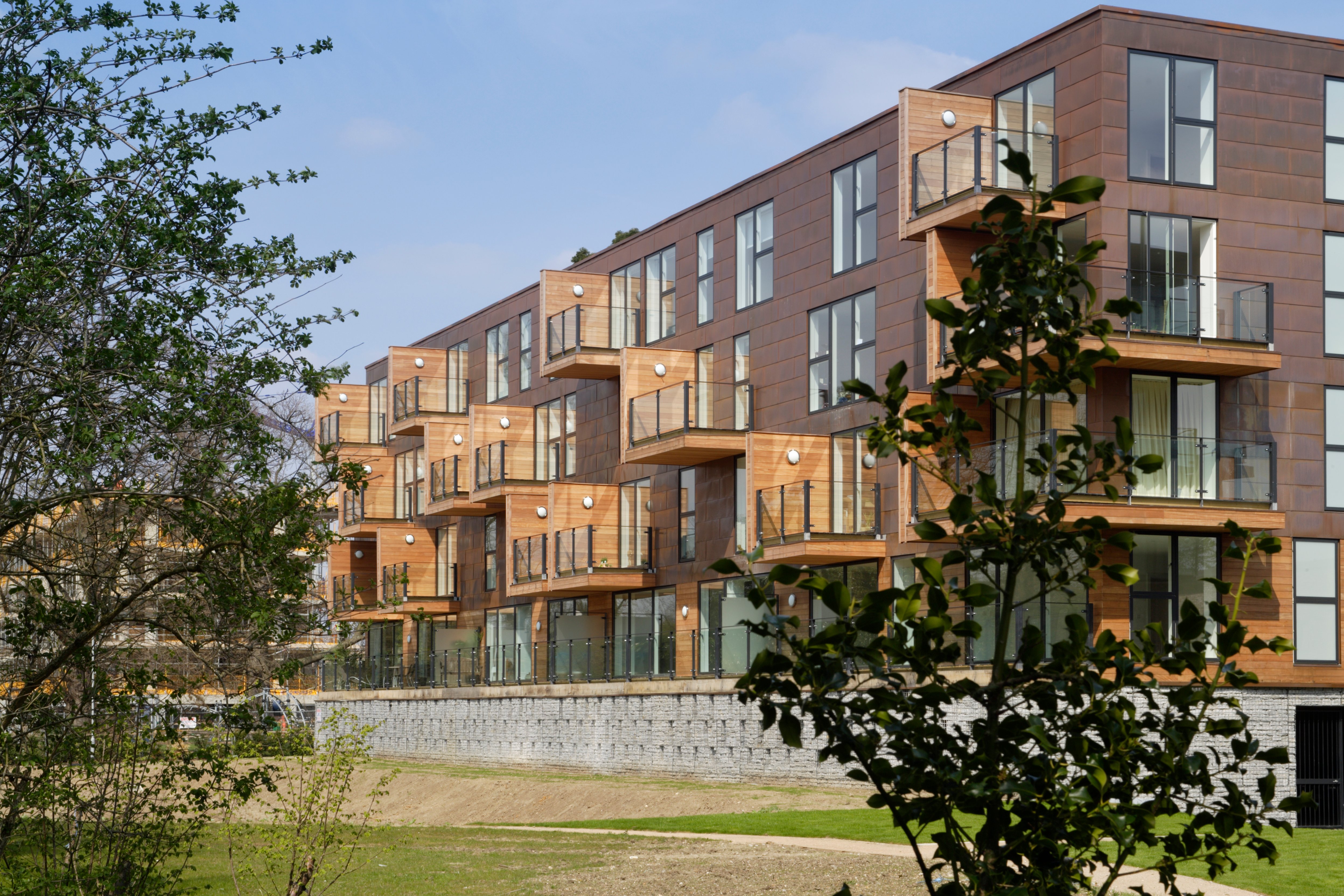What is the Private Rented Sector?
The Private Rented Sector (PRS) is a classification of housing in the UK. The basic Private Rented Sector definition is: property owned by a landlord and leased to a tenant. The landlord, in this case, could be an individual, a property company or an institutional investor. The tenants would either deal directly with an individual landlord, or alternatively with a management company or estate agency caring for the property on behalf of the landlord.

In the UK, any property that is privately owned and being rented out as housing is classified as Private Rented Sector housing. The sector can be further divided into two categories:
- Market renters, who occupy the properties under a tenancy agreement, and pay market rents.
- Non-market renters, who do not pay rent. They might be renting from a relative or occupying accommodation rent-free as part of their employment (e.g. a building caretaker or pub manager).
The Growth of the Private Rented Sector
The PRS is the fastest-growing sector in the country. It’s the second-largest housing tenure in England, with owner-occupation currently being the largest housing tenure.
The sector originally accounted for just a small percentage of the UK housing market, but the number of households in the Private Rented Sector has doubled in just over a decade and continues to grow. Future of London reports that 40% of the city’s households could be renting in the PRS as soon as 2030.
Factors Driving PRS Growth in the UK
The Resolution Foundation reports that one in three (33%) of tenants will likely still be renting after retirement. The reason behind this trend is two-fold; a combination of rising property prices, and declining access to social rentals. This means a growing number of British families are looking to become long-term, or lifelong, private renters.
Private landlords are stepping in to fill the gap, and just over one-fifth of UK households now rent their homes from private landlords.
The Future of the Private Rented Sector
While the PRS sector has grown over the last two decades, it has lacked the scale which is needed to provide high-quality housing and deliver professional management expertise in a cost-effective way.
However, a growing movement in the UK property market is Build to Rent (B2R) property, which aims to capitalise on the burgeoning rental market while providing renters with improved stability and quality. Build to Rent property developments are owned by institutional investors and property companies, and are rented out directly or through an agent.
The B2R model gives renters access to a choice of professionally managed property, which typically offers greater security and a higher level of management than they would typically expect from a small-scale amateur landlord.
“With the gap between social housing and home ownership wider than ever, London needs more decent and well managed private-rented housing,” says a report compiled by Future of London and LSE London. “With appropriate support, Build to Rent could provide high-quality housing at a scale that offers tenure security, encourages community and has a positive effect on neighbourhoods.”
What is Bidwells' view on Build to Rent?
Our UK property experts believe that the latest proposed builds represent a positive step towards the recognition of BTR as an integral part of the Private Rented Market in the UK, with benefits for renters and investors.

